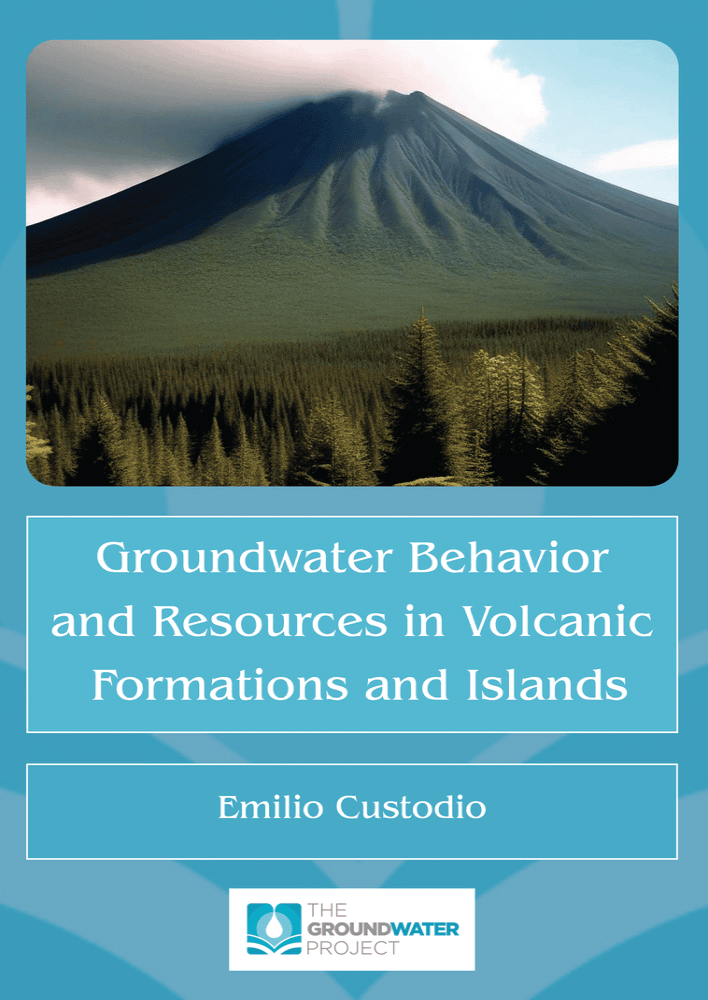Coming Soon!
Volcanic rocks are formed when magma, composed mainly of silicates and silica, emerges to the surface. Volcanism builds structures and creates formations, but it also increases erosion on these reliefs and causes tectonic phenomena that can destroy the built-up and surrounding areas. The destructive aspects of volcanism are an important part of volcanism and its hydrogeological relevance. Volcanic events are often quick on a geological scale and sometimes violent, generating lavas and tephra from the eruptions, with variable spatial distribution. This gives rise to very heterogeneous formations, whose hydrogeological behaviour can be complex, and their understanding requires a good knowledge of the geological and geochemical processes involved. The principles of sedimentary geology are not directly applicable.
Hydrogeologically, there are different aspects between continental volcanic formations and those of small volcanic islands (< 5000 km²). In the former, volcanic formations may be hydrogeologically dominant or subordinate and with important spatial variations. In the latter, volcanic formations and their derivatives are usually dominant, relief is key, there are no allochthonous drainage networks and sea level is a conditioning factor.
Geochemically, a distinction must be made between major components of percentage order and minor or trace components. Hydrogeologically relevant are those elements that can give rise to ions and compounds soluble in groundwater or that facilitate their incorporation. The major components are Si, Al, Mg, Ca, Na, K, Fe (mainly Fe-II) and P. In basic rocks, Si is present as a silicate, while in acidic and intermediate rocks it forms free silica. Mg and Ca are more abundant in basic rocks, whilst Na and K are in acid rocks. These four elements, along with Li and Sr, can infiltrate groundwater when the rock is altered by acidic inputs.

